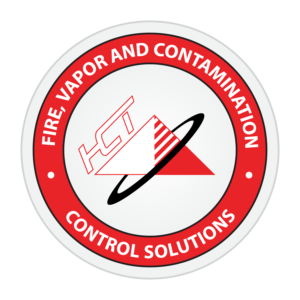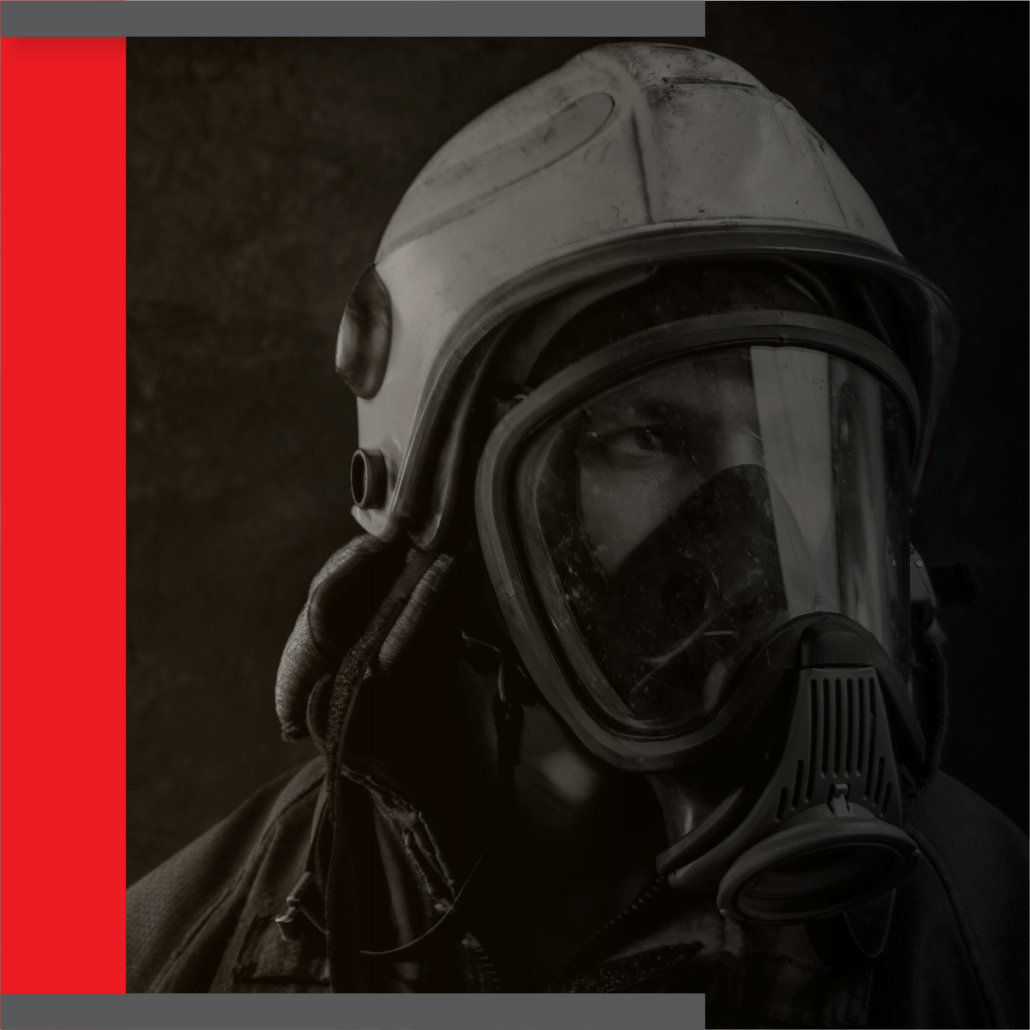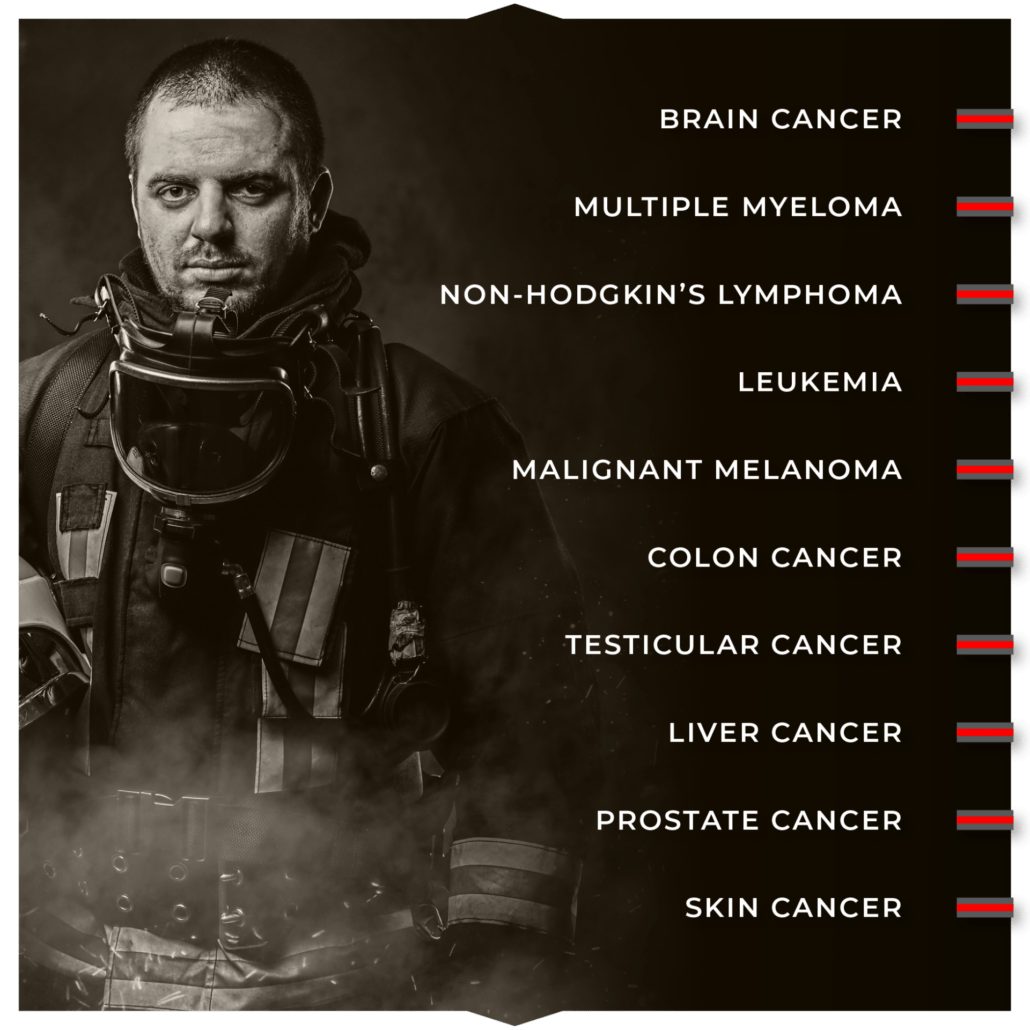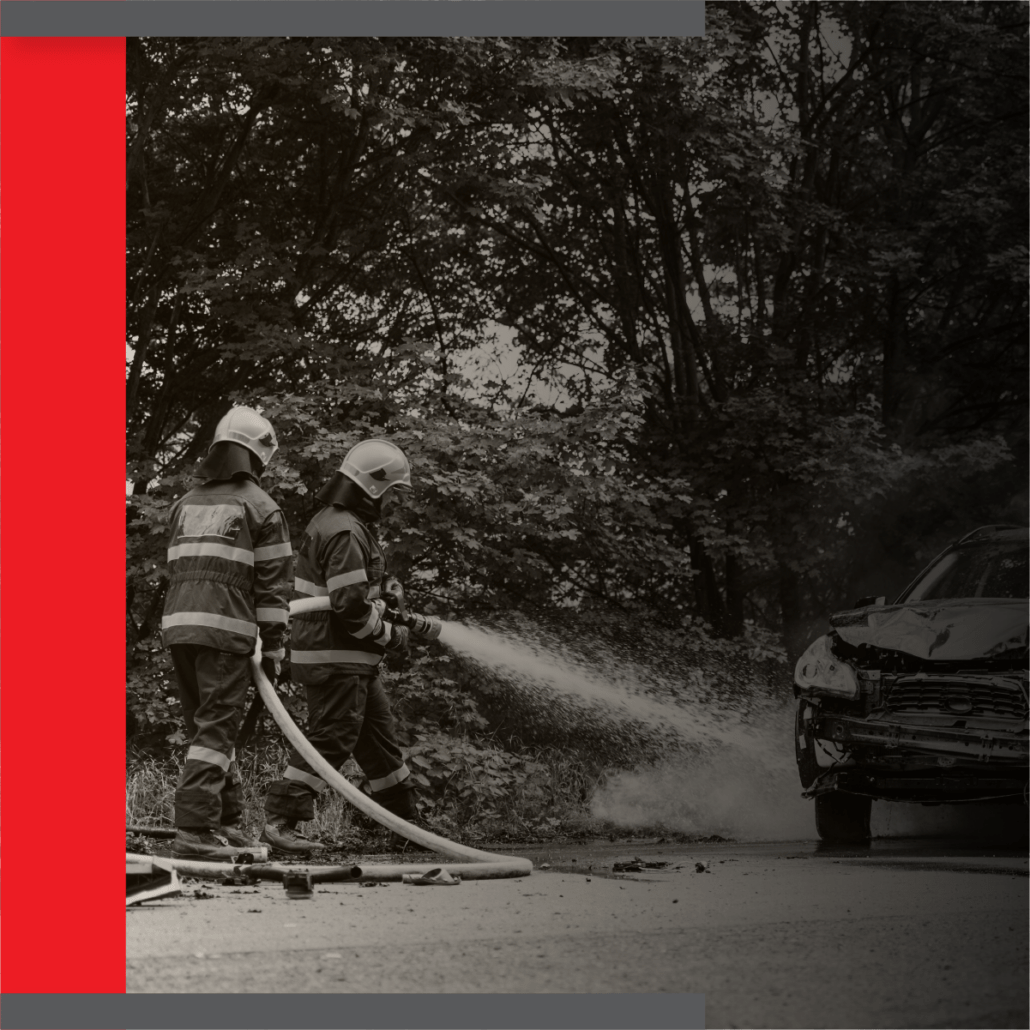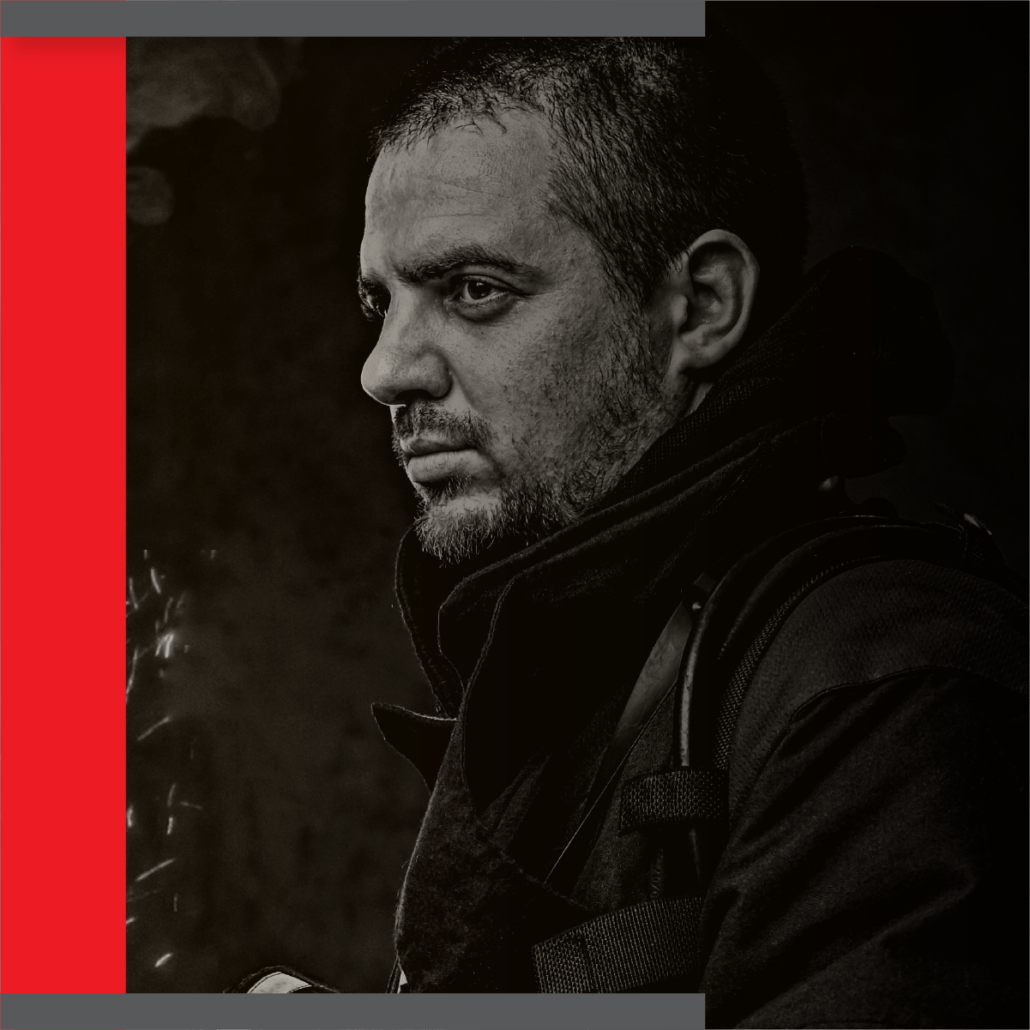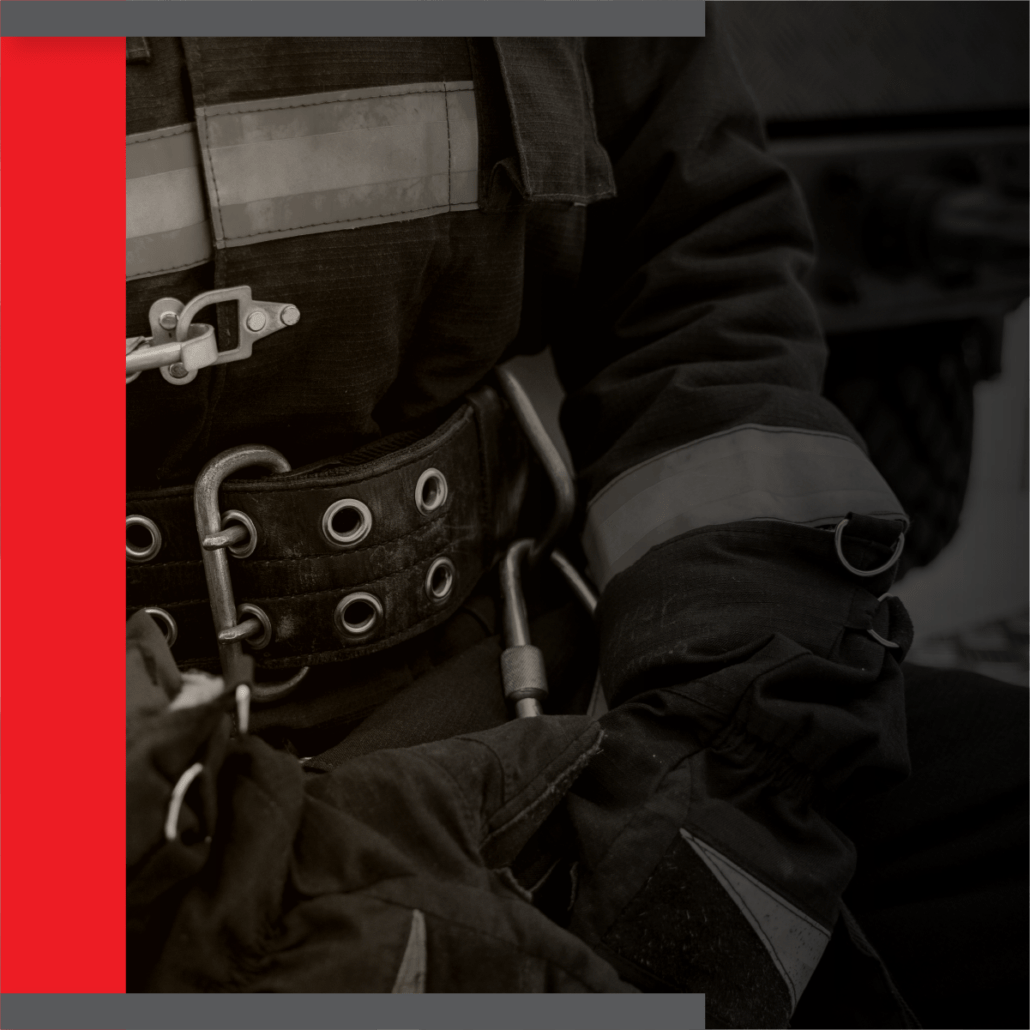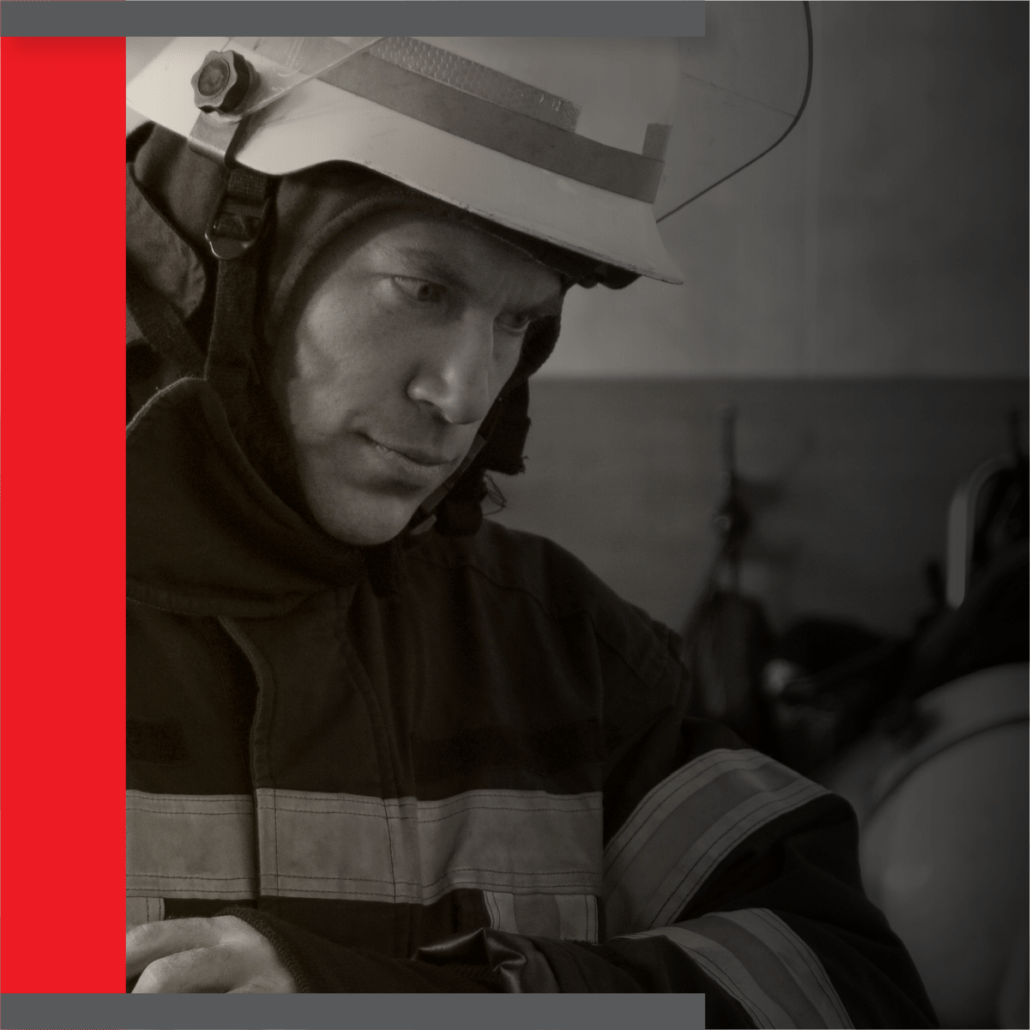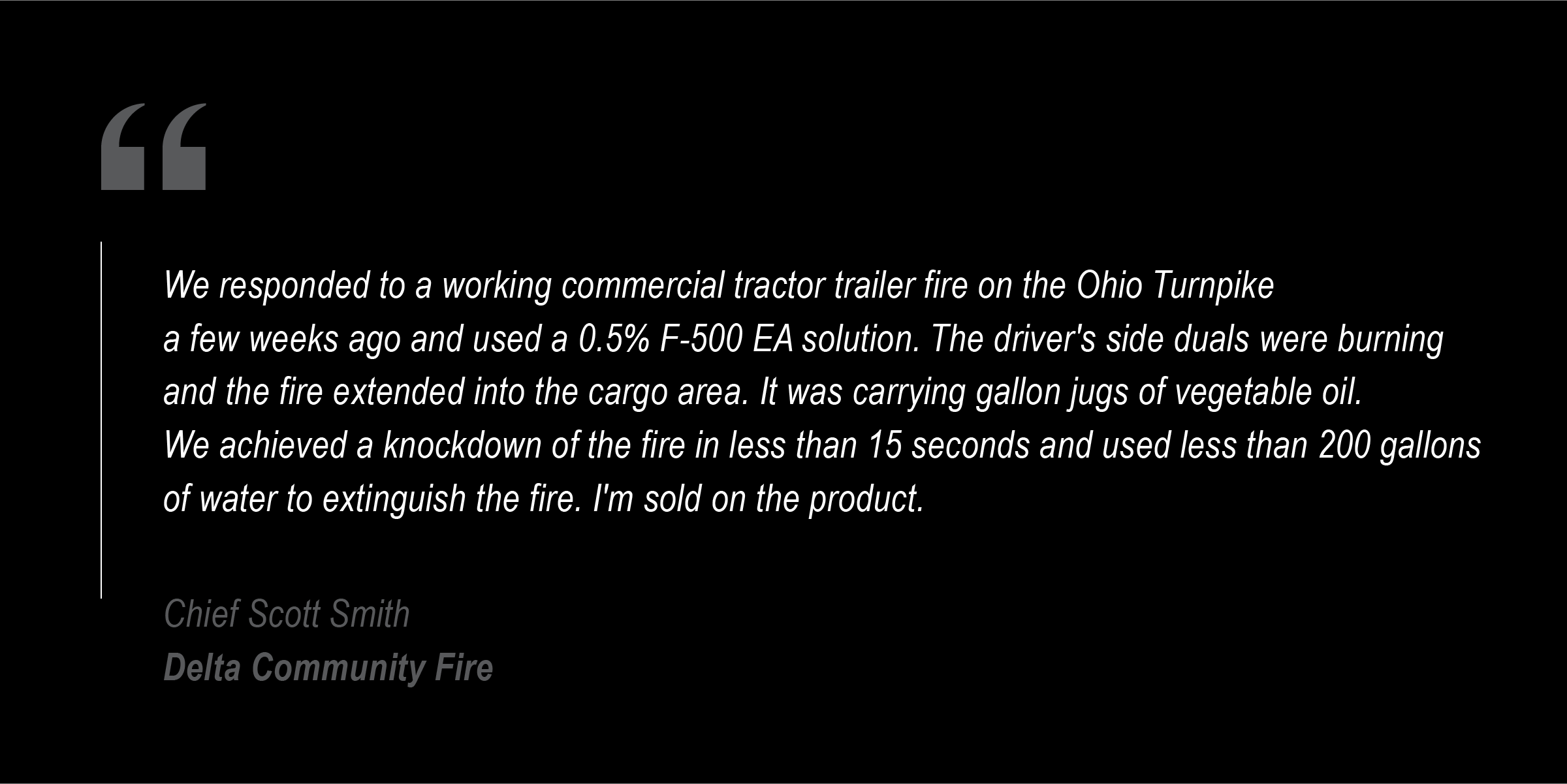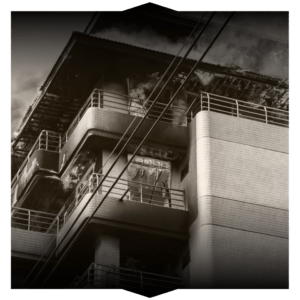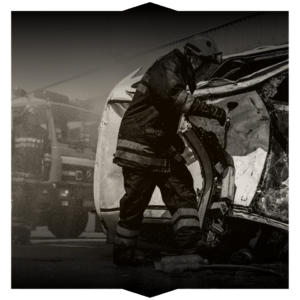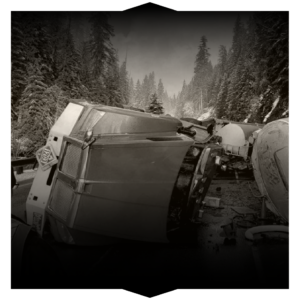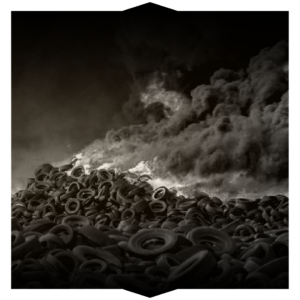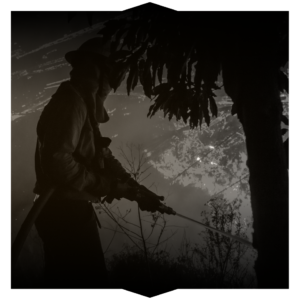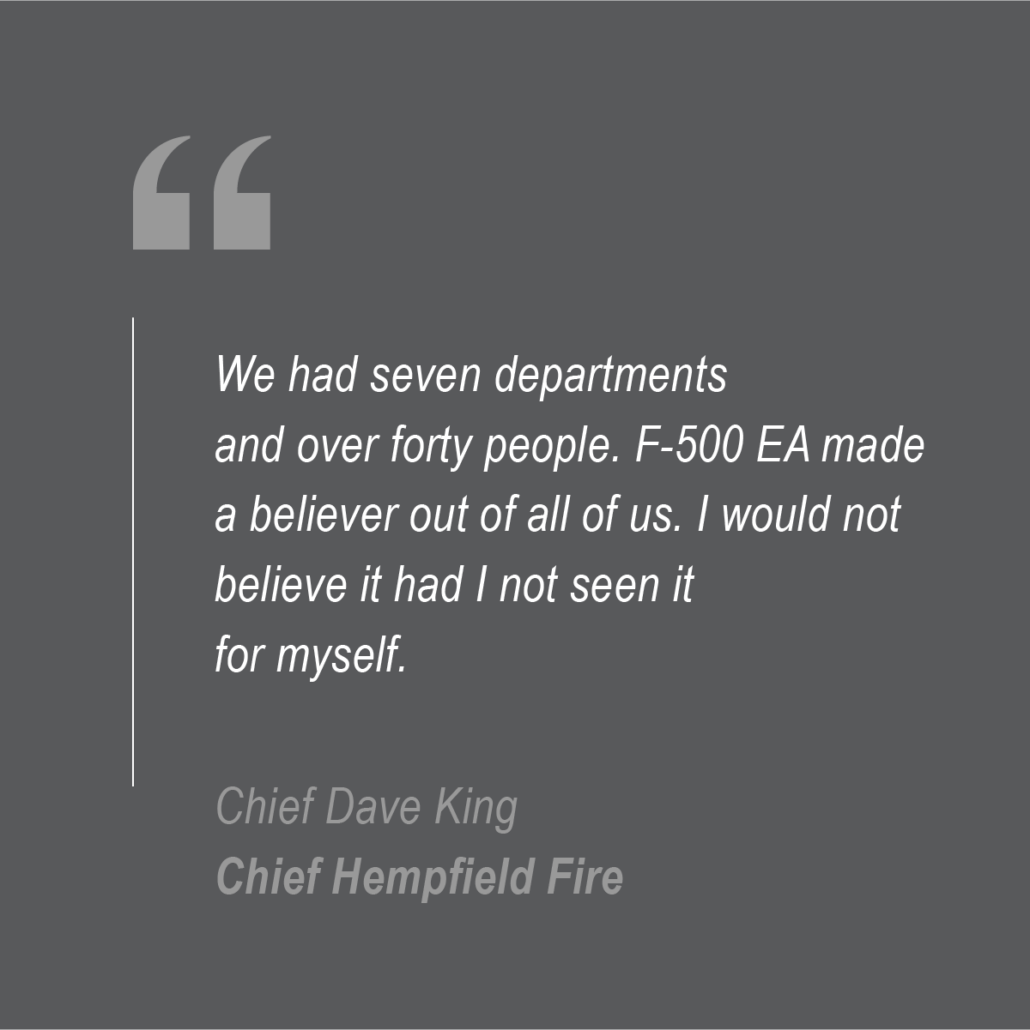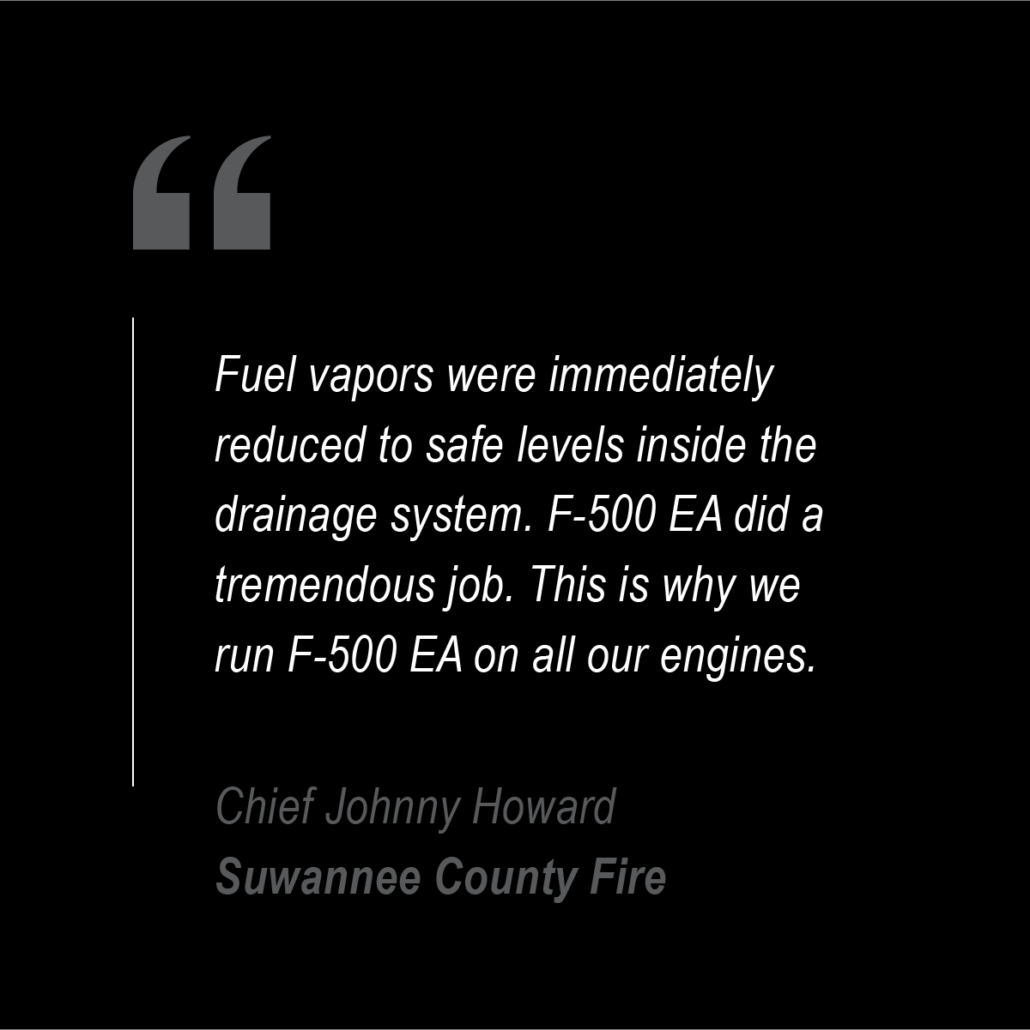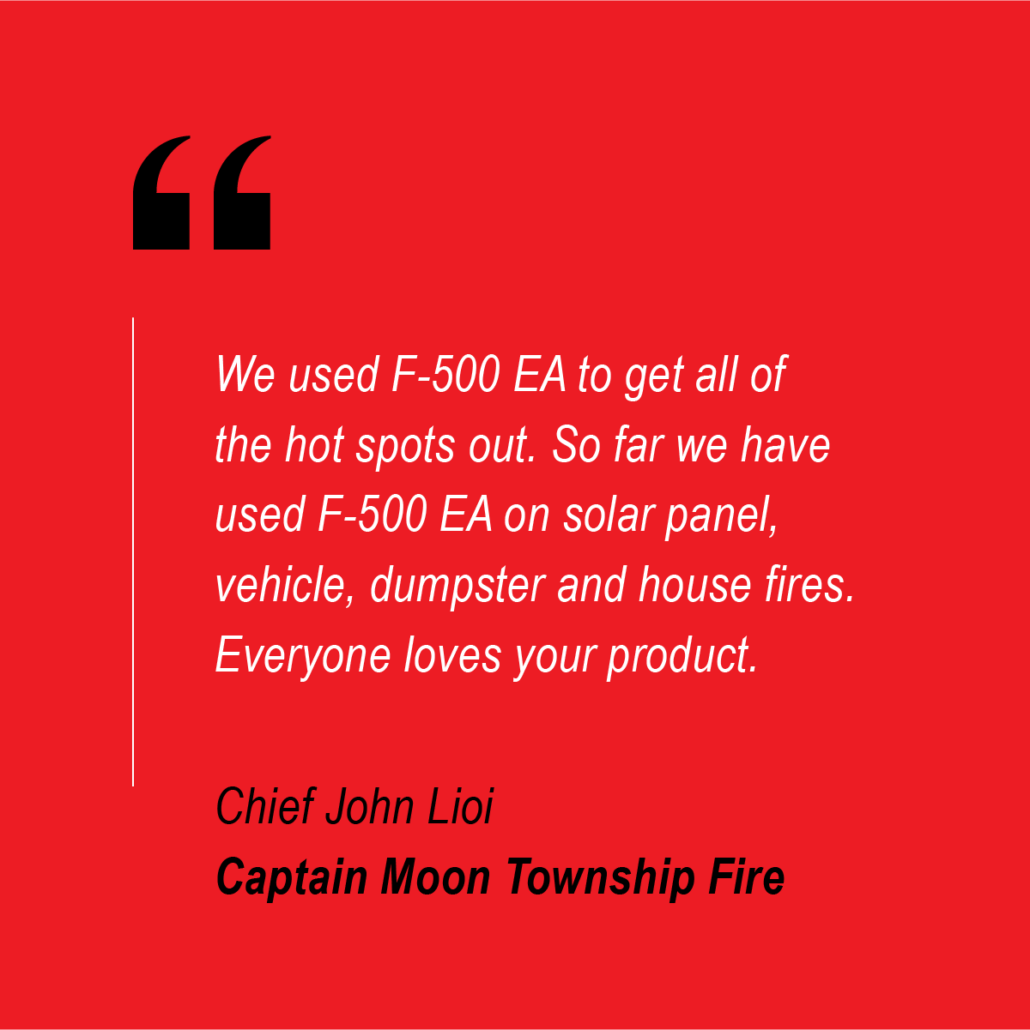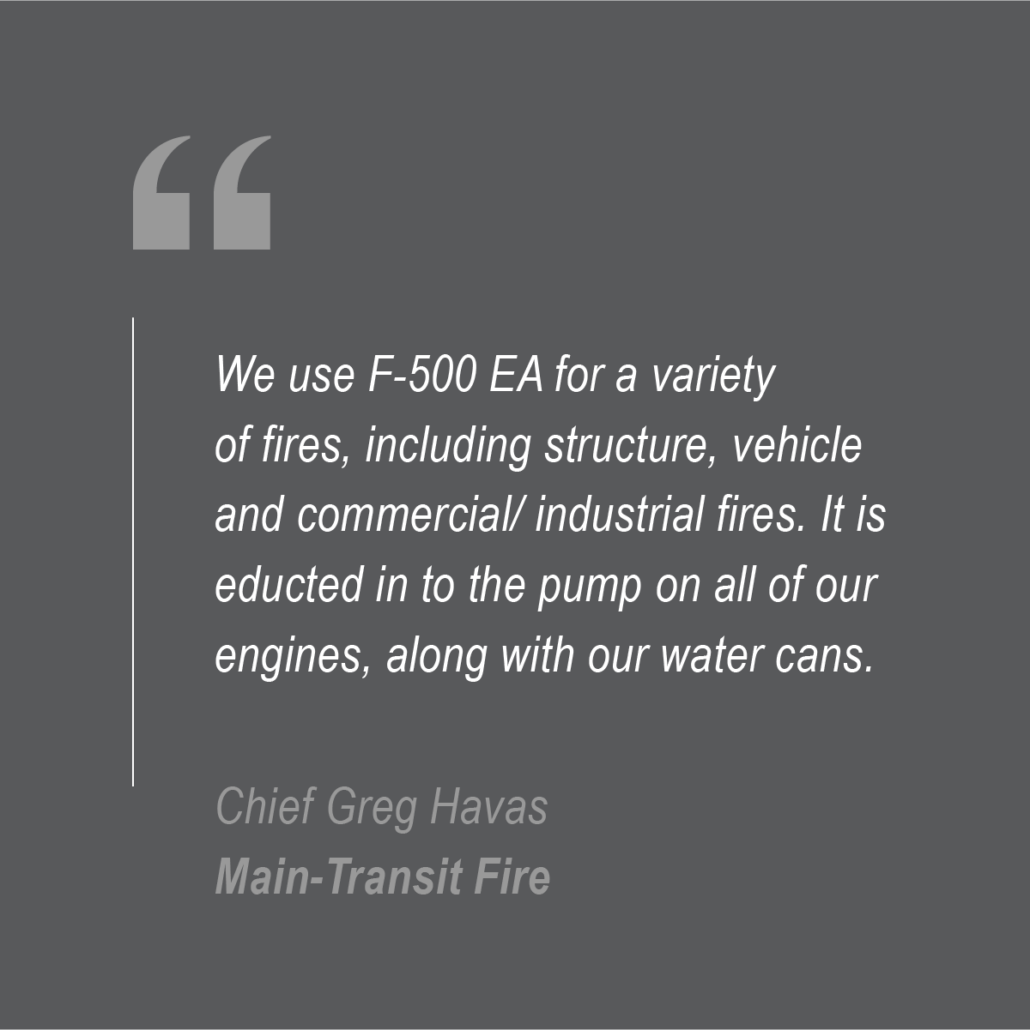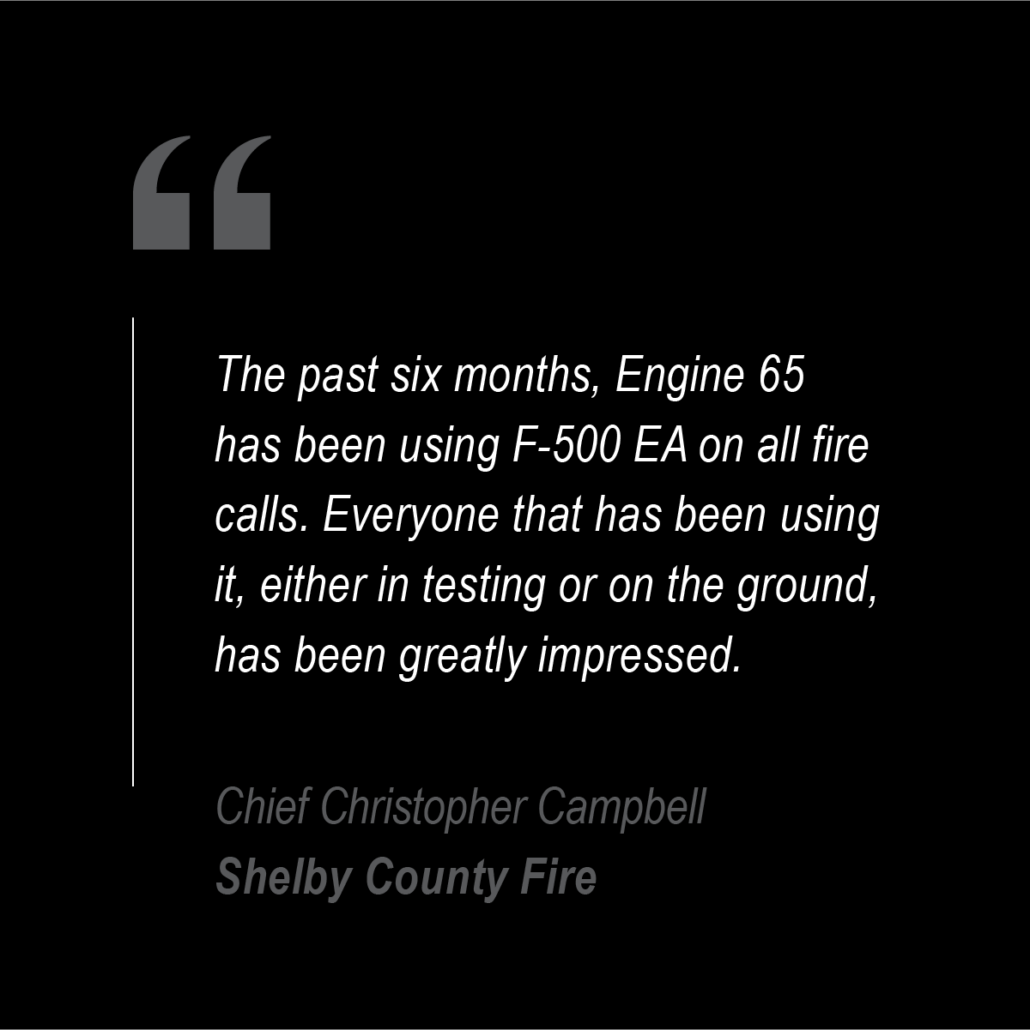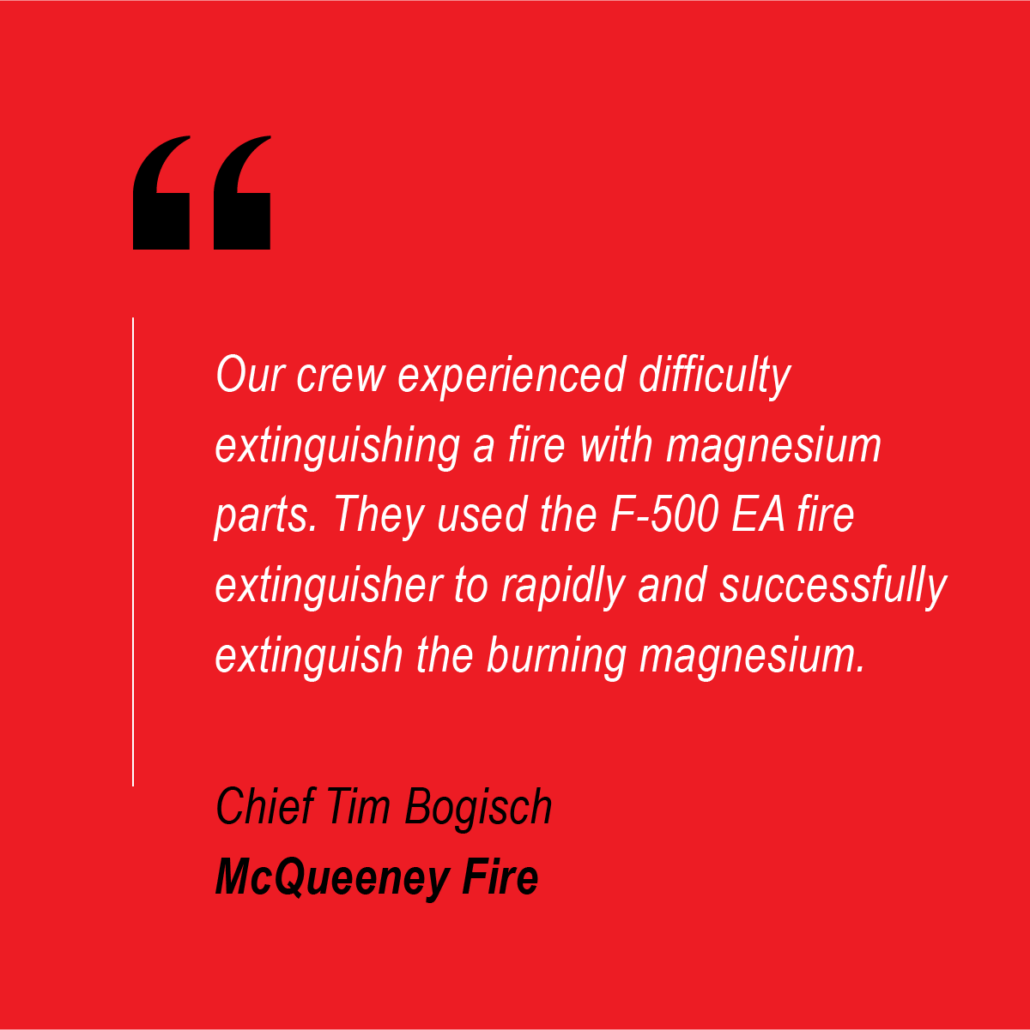Firefighters are faced with new and highly hazardous materials every day.
Why are many municipalities and commercial industries fighting today’s fires with yesterday’s technology? If industrial machinery catches fire, employees might try to extinguish it with a fire extinguisher, but local Firefighters get called in when things get out of hand. Some industries have Fire Brigades, but their numbers are shrinking as budgets tighten. Many fire departments are familiar with the benefits of Encapsulator Technology, but there are many who haven’t yet discovered why Encapsulator Agents should be their agent of choice.
Encapsulator Agents are versatile, capable of extinguishing Class A, Class B (Non-Polar + Polar), Class C (Energized Environment, Transformers, Etc.), Class D and Lithium-ion Battery fires.
Firefighter Cancer
Together, we can make a difference.
Firefighters have a 9% higher risk of being diagnosed with cancer and a 14% higher risk of dying from cancer than the general U.S. population.
FIREFIGHTERCANCERSUPPORT.ORG
Cancer is the leading line-of-duty cause of death in the fire service.
Countless established and ongoing studies continue to confirm the extent of the health risks encountered in the fire service. Firefighters are exposed to carcinogens both on the Fire Ground and at the Fire Station. Exposure occurs through Inhalation, Dermal Absorption and Ingestion.
Many departments struggle to find the funding to adequately combat these risks on an ongoing basis. It’s time to put the safety and health of our Firefighters first.
Encapsulator Technology aides in the fight against Firefighter cancer starting at the nozzle. This proactive approach is part of a necessary shift in thinking to continue to protect our brothers and sisters in the fire service and ensure safer working conditions for future generations.
Scientific Fire Setting Report
Your fire department’s health and safety is our top priority.
The use of Encapsulator Agents significantly
reduces the amount of water required to
extinguish a fire. The effectiveness of this product
in fighting three-dimensional fires is particularly
impressive. Its use from day one could have
minimized the amount of water used, production
of smoke and number of hours worked by
Firefighters, but above all its use could have
prevented the inhalation of carcinogenic fumes.
The committee is confident that the
encapsulating agent reduces a firefighter’s
exposure to carcinogenic contaminants.
Furthermore, its use is also effective for Class B,
Class C and Class D fires while water should not
be used on fires of these categories. For these
reasons, we are moving forward with the use of
an encapsulating agent to prevent cancer in
Laval Firefighters.
Decontamination
NFPA 1851
Fire Ground
When you utilize Encapsulator Technology for toxin reduction, cancer prevention begins at the nozzle. Testing has shown a significant decrease in carcinogenic toxins found in smoke and soot. This can be observed as thick black smoke turns white during knockdown. On-scene contamination reduction is required by NFPA 1851. Encapsulator Agents will help your department promote a clean cab concept as they eliminate hydrocarbons on turnout gear, limiting negative health effects.
Fire Station
Prevent tracking carcinogenic toxins back to the living quarters at your fire station and family home. Encapsulator Agents have a PH of 7.0 and can be used as a detergent with fire station extractors. Simply replace your existing detergent with an agent capable of encapsulating benzo(a)pyrene, terphenyls, fluorene derivatives, indene derivatives, bis(ethylhexyl)phthalate, 1,4 dioxane, cyclohexanols and higher weight polynuclear aromatic hydrocarbons.
Applications
The perfect solution for a wide variety of fire hazards, including three-dimensional fires and energized environments.
Decontamination
Lithium-ion Batteries
Roadside Collisions
Spill Control
Structure Fires
Tire Fires
Green Energy
Wildfires
| Hazard | Water | AFFF | AR-AFFF | EA |
|---|---|---|---|---|
| Class A Materials | Efficient | Efficient | Efficient | Efficient |
| Class B Fuels [Polar] | Not Safe | Not Safe | Efficient | Efficient |
| Class B Fuels [Non-polar] | Not Safe | Efficient | Efficient | Efficient |
| Class D Metals | Not Safe | Not Safe | Not Safe | Efficient |
| Lithium-ion Batteries | Not Effective | Not Safe | Not Safe | Efficient |
| Transformers | Not Effective | Not Safe | Not Safe | Efficient |
Download our comparison for reference
Fire Hazards
F-500 Encapsulator Agent is recommended for multi-class fire hazards.
Use the correct percentage of F-500 EA for Class A fire hazards Class B fire hazards Class D fire hazards Lithium-ion Battery fire hazards
| Hazard | Examples | % |
|---|---|---|
| Class A Materials | Wood, Paper, Cloth, Rubber, Dust, Etc. | 0.5% – 1% |
| Class B Fuels [Polar] | Ethanol, E10, E85, Acetone, Etc. | 3% |
| Class B Fuels [Non-polar] | Gasoline, Diesel, Jet Fuel, Hydraulic Oil, Etc. | 3% |
| Class D Metals | Magnesium, Titanium, Aluminum, Etc. | 3% |
| Lithium-ion Batteries | Batteries, Energy Storage Systems (ESS) | 3% |
| Transformers* | Energized Environment* | 3%* |
*F-500 EA can be used on both Class C [Energized Environment] and energized transformer fires up to 345 KV, streaming from 125 ft. after consulting SOGs.
Contact
Please fill out the form below for more information!
